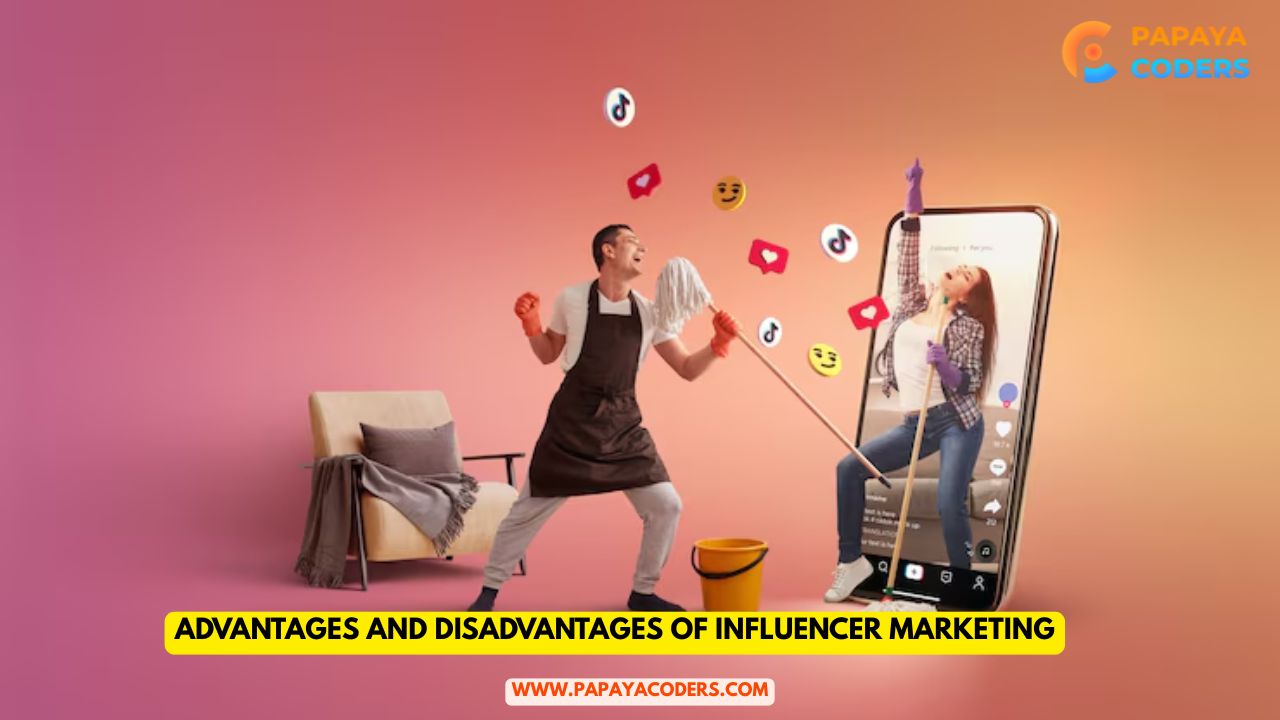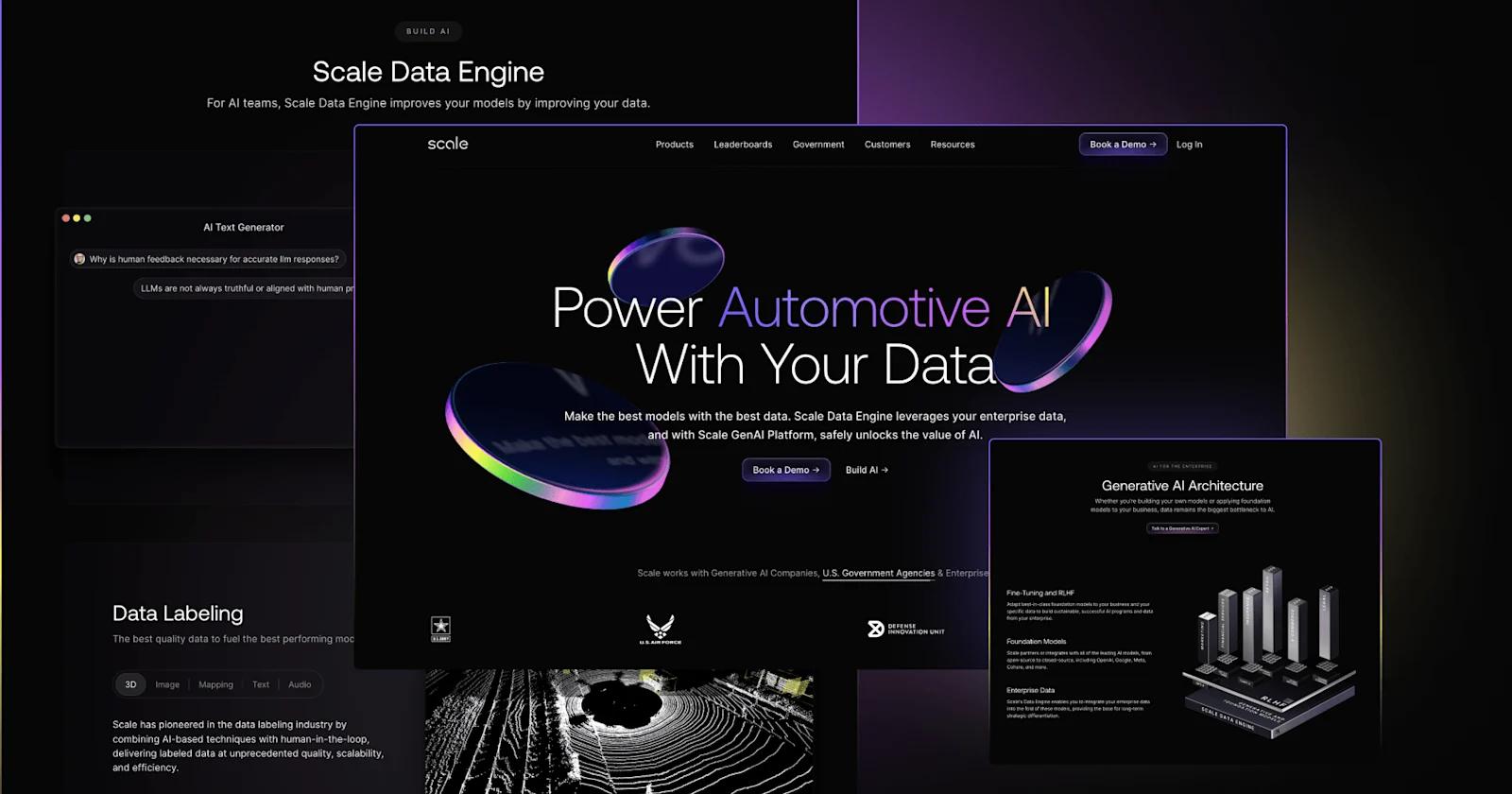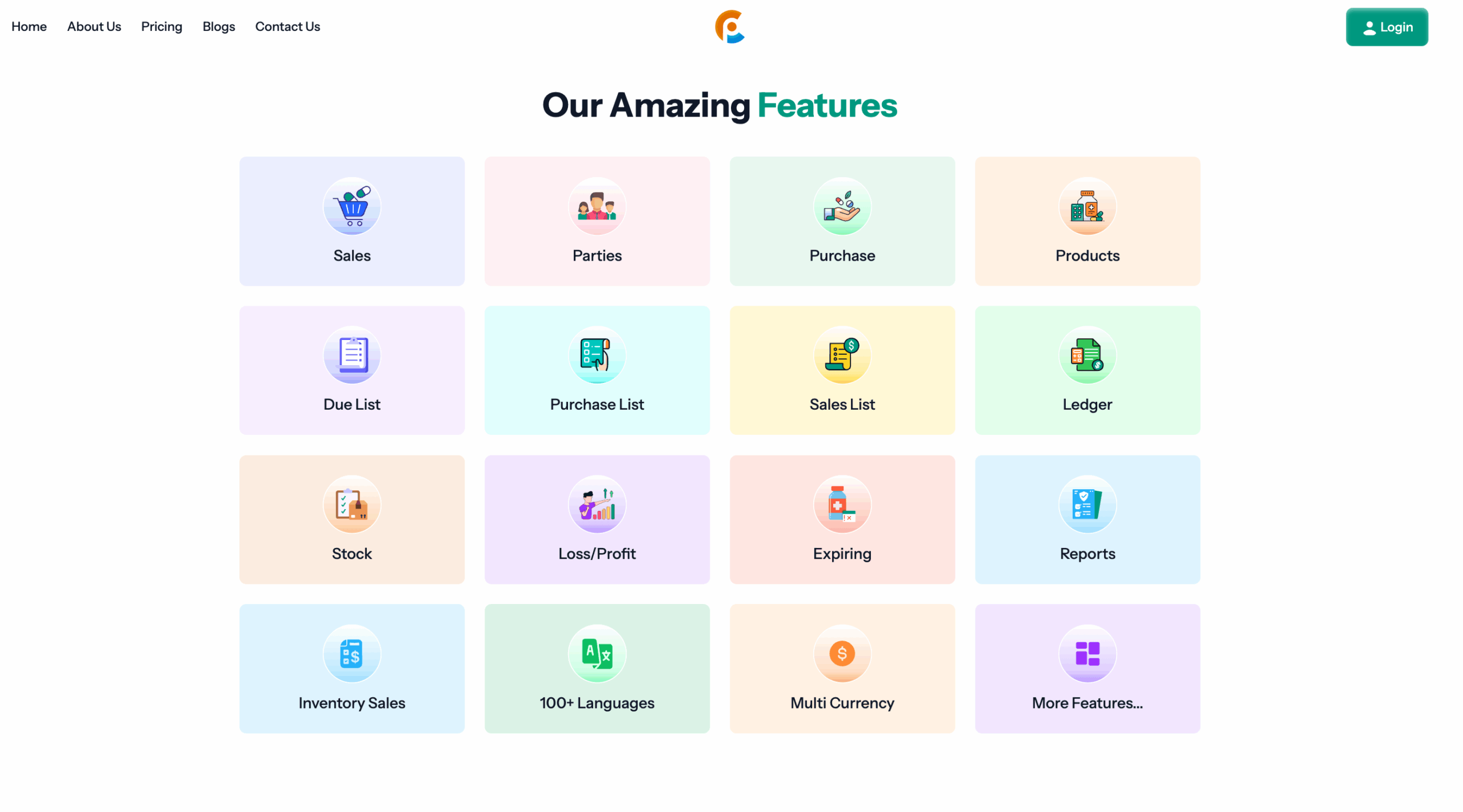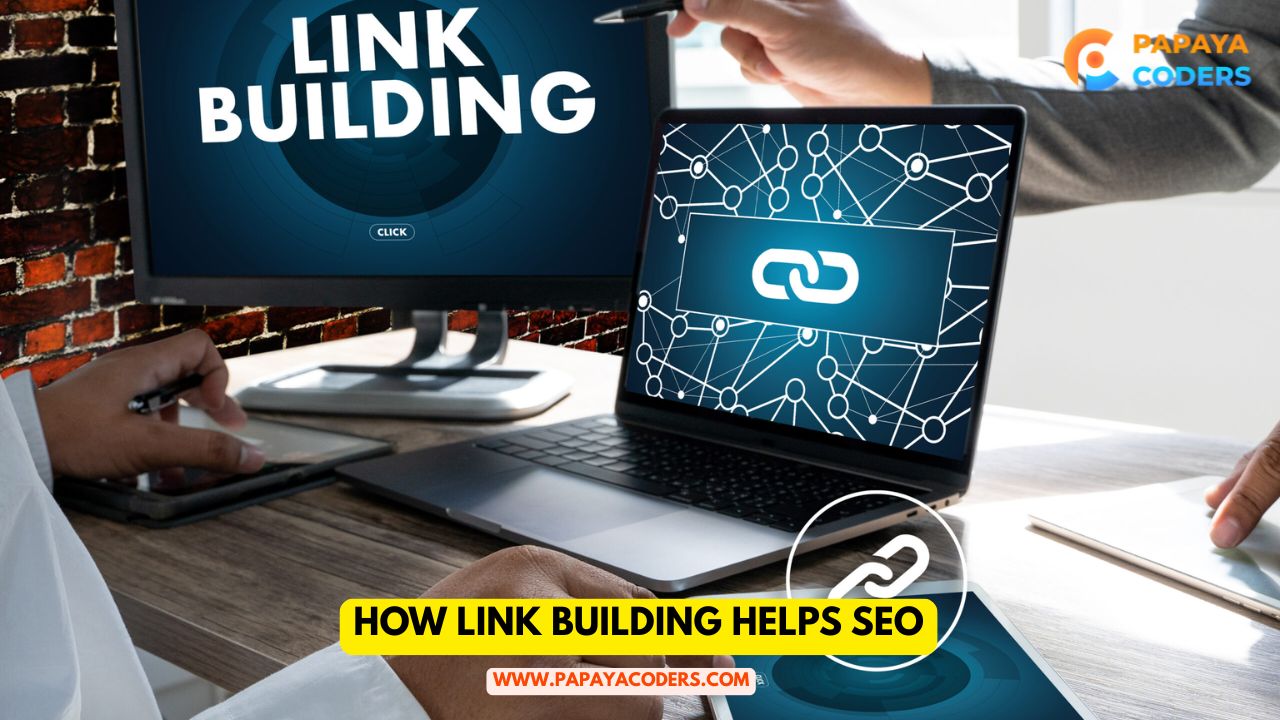In today’s digital landscape, influencer marketing is one of the most effective methods businesses have to reach their target audience. From small brands to international corporations. Everyone is finding ways to successfully use influencers to market their products and foster trust with customers.
However, influencer marketing has advantages and disadvantages, just like any other marketing method. Let’s take a closer look at both the advantages and disadvantages of influencer marketing in hopes of better understanding if it is beneficial for your brand growth.
Advantages of Influencer Marketing
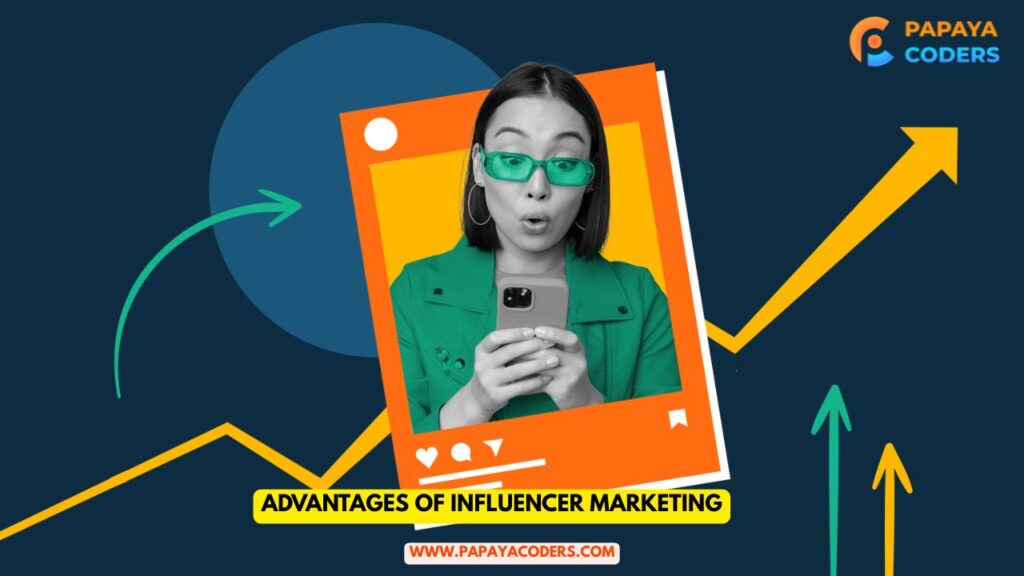
1. Trust and Credibility
Influencers are often perceived as more approachable and credible by their followers. When an influencer suggests a product or service, people are likely to trust that recommendation because they believe that the influencer has tried it and/or genuinely believes in a product and/or service as opposed to being paid to recommend it.
This type of trust enables a brand to build connections with potential customers in a more authentic manner than traditional advertising can offer.
2. Appeals to a Targeted Audience
One of the primary benefits of influencer marketing is its ability to reach a targeted audience based on a narrow niche. For example, influencers may cater to audiences around fashion, fitness, travel, or technology; and their followers are a community of individuals with similar interests.
Usually, by working with the right influencer, your brand’s message is passed along to an audience that is anywhere from mildly interested to highly interested in your product category, which translates into high levels of engagement & conversion rates.
3. Builds Brand Awareness
Similarly, influencer marketing can provide your brand with instant exposure to thousands and even sometimes millions of customers. In short, audiences are consuming influencer content on a daily basis, so your brand can maintain steady visibility.
Credibility and visibility can be very important, especially when trying to build brand awareness quickly and especially for startups & newer businesses entering a different category or market.
4. Increases Engagement & Conversion Rate
Once again, because the recommendation from an influencer feels authentic, their followers are more likely to take the action you want them to do, whether that’s to visit your company’s website and/or product page, signup for a service, and/or purchase something within your product category.
Most brands evaluate success with an influencer campaign based on engagement rates and conversion metrics. Brands can expect higher engagement rates and conversion rates, as well as increased awareness, by collaborating with influencers rather than using standard marketing methods (such as TV, internet banner ads, etc.).
5. Assists Content Creation
Consistently producing high-quality content can be time-consuming and costly, but an experienced influencer is skilled at creating content that resonates with their followers. Consequently, brands will have access to creative visuals, videos, and social posts for collaboration that brands can recycle through their other marketing channels.
Cons of Influencer Marketing
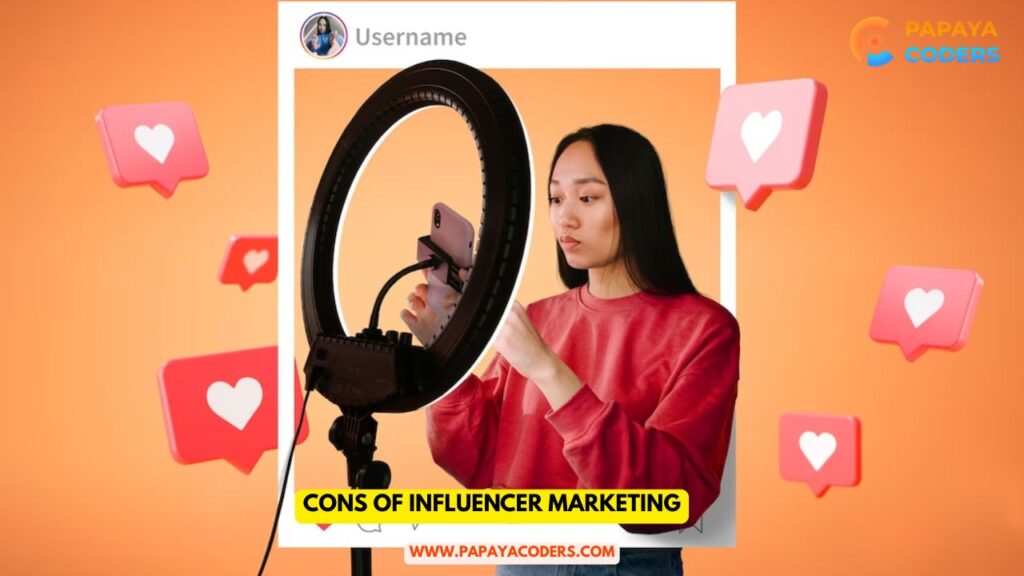
1. High Prices with Influencers
Influencers can be a valuable marketing channel; however, they can be somewhat pricey, especially when working with a celebrity or macro-influencer, who typically have millions of followers. For a single post or video, you may expect to pay thousands of dollars. This can complicate your brand’s influencer marketing for each business transaction.
2. Fake Followers
Not all sources are authentic. In certain cases, an influencer will have inflated their followers or likes count through bots or fake accounts. Partnering with an influencer that has fake followers runs the risk of expense and a very ineffective campaign, since fake followers do not engage or buy. Be sure to do your due diligence and check or analyze an influencer’s engagement rate prior to working together.
3. Limited Control Over the Message
Brands need to provide influencers with creative independence to ensure authenticity but run the risk of receiving content that does not exactly reflect the brand and its message. Finding the right balance between creative freedom and brand consistency is required but not always guaranteed.
4. Short-Term Results
Although influencer campaigns generate instant buzz, the influence tends to dissipate very shortly after the promotion. To ensure visibility and credibility, brands must invest in sustained influencer partnerships or merge influencer marketing with other channels such as SEO and email marketing.
5. Potential Reputation Risks
If a controversy or backlash arises around an influencer, their associated brands will likely suffer. As influencer activities are public and under scrutiny, brands must be cautious when selecting partners whose values and actions align with their own-
Read also:-
- Reviewing a Digital Marketing Manager’s Role: Effect on Organizational Growth
- What is the function of a Digital Marketing Strategist? Roles and advantages for businesses
Conclusion:-
Influencer marketing is undoubtedly among the most effective contemporary methods for brand development. It enables corporations to connect with their desired audience, establish credibility, and increase engagement – all without presenting their products in an artificial and unrelatable manner. It is, however, not without challenges like exorbitant expenses, inauthentic followers, and minimal control over the message.
Success lies in selecting the right influencers, being transparent, and closely monitoring performance metrics. Done with care, influencer marketing has the potential to make social voices powerful brand voices and yield lasting returns.

